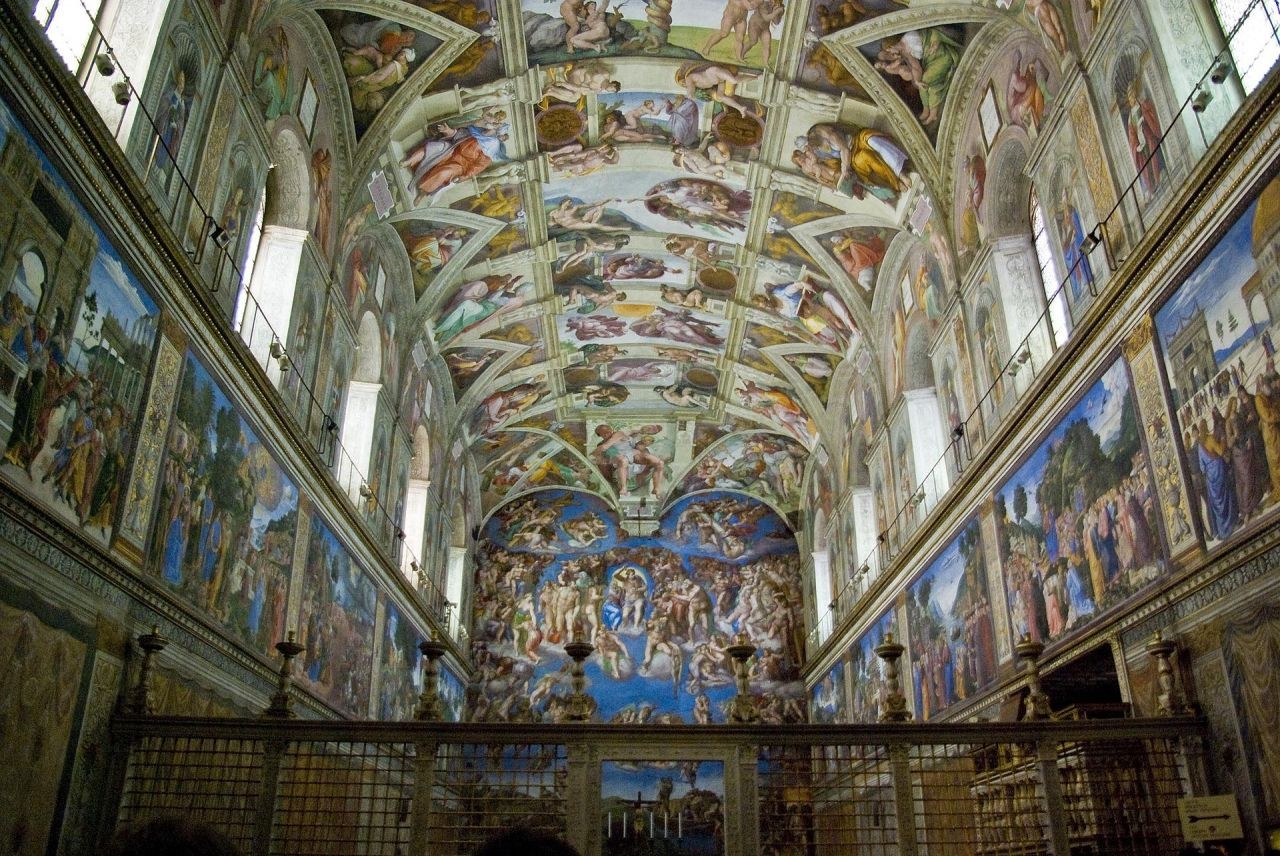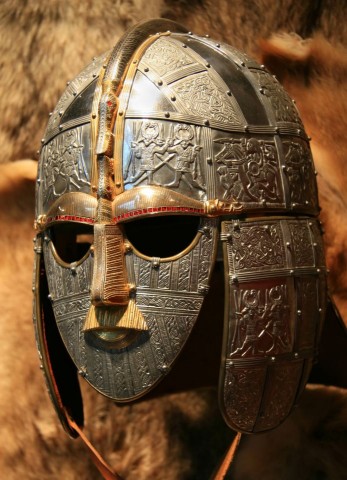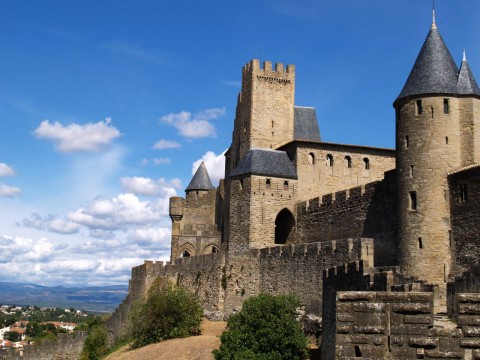If you and your students are considering my Romans, Reformers, Revolutionaries online course, here are some of the highlights!
We will explore world history interwoven with Church history, from the fall of Rome and rise of the Church through the American and French revolutions, including:
- Early Christian missions taking the gospel far afield;
- Transition of Europe from Roman to “barbarian” rule;
- Growth of Eastern Orthodoxy and the Byzantine Empire;
- How Islam changed the balance of power in the Middle Ages;
- Charlemagne’s uniting of Europe and the Vikings’ assault on it;
- Implications of the Crusades and the end results of the Mongols;
- Beauty of the Renaissance and the freedom of the Reformation;
- Hunger to explore the world and the quest to conquer its people;
- Revivals that changed hearts and revolutions that redesigned government.
| Time | Meets weekly for one hour, beginning Wednesday, September 6, at 11:00 a.m. through Wednesday, May 30, 2018 |
| Age/Grade of Student | We welcome middle school and high school students. Each will work at his/her own level and participate in class discussion, individual and group projects, and tests. |
| Tuition and materials cost | $400 per student, $51.94 for materials (unless you already own Romans, Reformers, Revolutionaries Student Manual and What in the World Vol 2 CD set. |
Schedule
Teaching Strategies/Structure
This course was designed with different ways of learning in mind. That is one of the primary reasons we have four Phases for each unit—it allows four different ways of approaching the material and various ways of presenting what has been learned. Many options are given because they offer opportunity for different kinds of “Smart”—the 8 Intelligences, or 8 Kinds of Smart. Since God created all of these differences in learning, we will honor Him by providing everyone an opportunity to learn in the way that allows them each to THRIVE!
Also, having numerous options allows students enormous freedom to pursue different topics that interest and motivate them. When students realize that they can actually dive deeply into something they find personally fascinating—and that their efforts will be honored—their self-motivation kicks in, a willingness to work much harder arises (because they ARE motivated), and there is real joy and satisfaction in the presentation.
With this in mind, here is the structure that will be followed for each of the 9 units.
| Phase 1 Student Prep | – Read article (15-30 min) – Listen to audio (approx. 30 min) – Read Scriptures (10 min) – Answer one discussion question online prior to class (30 min) – Comment on at least one other discussion prior to class (15 min) Diana is available by email throughout the week to advise and answer questions |
| Phase 1 Lecture | Diana Waring will present a PowerPoint lecture on the time period with paintings, photos, maps – Opportunities will be given during and after the lecture to ask questions and discuss topics – Students will be introduced to the Phase 2 project possibilities, including group projects |
| Phase 2 Student Prep | - Choose research topic (15 min) – Gather resources (library books, online articles, etc.) – Research topic by asking “how” and “why” questions (3 hours) – Prepare presentation ( “interview” a historic person, create a PowerPoint, be a curator of a museum, be a tour guide, etc.) (2 hours) – Upload presentation prior to class Diana Waring is available by email throughout the week to advise and answer questions |
| Phase 2 Exploration & Discovery Presentations | – Everyone is required to upload their presentation – five students will present their research in class (no more than 10 minutes per presentation) (Note: We will rotate so that everyone will have equal opportunities to present during class.) |
| Phase 3 Student Prep | - Complete one map project (60 min) – Choose from art, music, science, or cooking projects and complete one (1-2 hours) – Write description and take photos of hands-on experience—upload prior to class (60 min) Diana is available by email throughout the week to advise and answer questions |
| Phase 3 Lecture | Diana Waring will present a PowerPoint lecture on the culture of the time, including specific aspects of Church history, using paintings, photos – Art of the culture – Architecture of the time – Music (as appropriate) – Church history |
| Phase 4 Student Prep | - Choose a creative expression project from one of these areas—Linguistics, Art, Music, Drama, Movement, or Conceptual Design (15 min) – Prepare creative project (4-5 hours) – Upload project prior to class Diana is available by email throughout the week to advise and answer questions |
| Phase 4 Creative Expressions | - Everyone is required to upload their presentation – five students will present their research in class (no more than 10 minutes per presentation) (Note: We will rotate so that everyone will have equal opportunities to present during class.) |
| Unit Test | Students will take the unit test online. Two hours will be allowed for completion. Parents must agree to supervise, as this is a closed book test. The test will be “open” for 24 hours, from 12:00 a.m after Phase 4 class through 11:59 p.m. the following day.- If needed, the schedule can be adjusted for individual students with parents’ request |
Visual Highlights
Here are just a few of the many artistic and architectural treasures we will see in Romans, Reformers, Revolutionaries:



